Evolution of Hindu Culture in Bali
Synopsis
The History of Hindu Culture in Bali dates back to the last few centuries beofre the Christian era. In the first chapter, indegenous Balinese culture and its people have been discussed. The Pre-Hindu People of Bali were of strong spiritual nature and this provided the base for future evolution of Hindu culture. In the second chapter an attempt has been made to trace back the influence of the Hindu culture. Before the eighth century one finds Bali under the firect influence of the Southern part of India. There is a close similarity in costum the use of traditional dress etc. between Bali and south India. The next chapter tries to delineate the political history of Bali. When Srivijaya and Sanjaya dynasties were arising in the seventh century, Bali too, was emerging as a powerful state. By the end of the eighth century Bali was captured by the Hindu Mataram king, central Java. But in the ninth century again she started to assert herself. During the period arose the Varmadeva dynasty which ruled till the end of fourteenth century when Bali was once again conquered by the Majapahit ruler. But with the decline of Majapahit empire, bali declared her independence wich ended with the arrival of the Dutch. In the fourth chapter, the discussion centres around Balinese Hindusim. One finds the caste system prevalent there put it is much more liberal. In Balinese Hinduism, Bali is supposed to be the centre of the universe. Lord Sadasiva sits on a golden lotus wich has eighht petals pointing in eight directions. The next chapter narrates about the classical Balinese language. The whole body of Kavi literature is essentially religious in character. The earliest Kavi work available is Ramayana-Kakvin, Mahabharata, and Purana are some of other Kavi works composed during this period. In the sixth chapter Balinese art and architecture have been discussed. The most prominent feature of Indo-Balinese architecture is to be found in the large tanks in the front of the temples. Another characteristic trait has been the use of Kiritmukha. The different types of shrine architecture - Meru, and Padmasana are to be seen here. The Padmasana shrine architecture derived from the concept of Lingayoni was adopted from Majapahit. One does not see much progress in the field of cave architecture in Bali.
Read more
60.30
54.27
$
67.00 $
Free delivery Wolrdwidе in 10-18 days
Ships in 1-2 days from New Delhi
Membership for 1 Year $35.00
Get it now and save 10%
Get it now and save 10%
BECOME A MEMBER


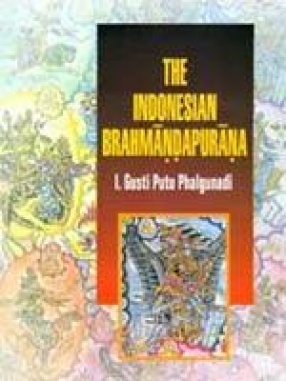
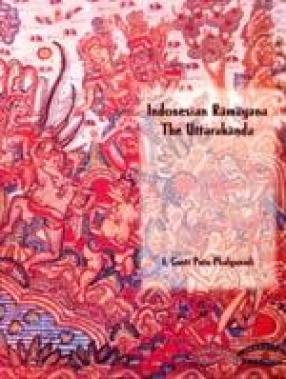
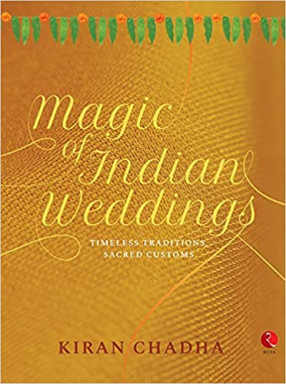
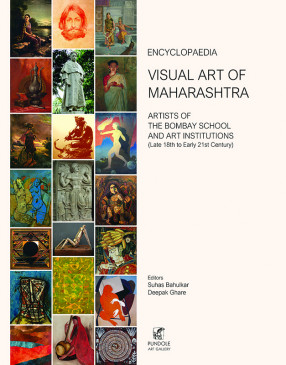
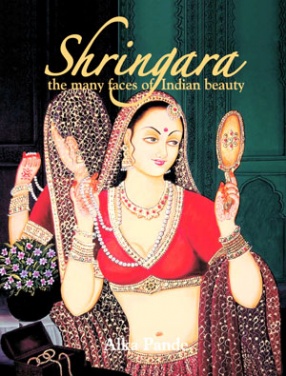
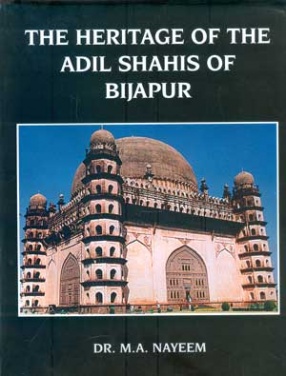

Bibliographic information